In this guide, you’ll discover the main groups of egg-laying animals, oviparous species, and understand how they reproduce and protect their offspring until hatching.
Egg-Laying Animals
Oviparous, Ovoviviparous, and Viviparous
Before diving into the species of egg-laying animals, it’s important to understand three key terms: oviparous, ovoviviparous, and viviparous. These terms classify animals based on their method of reproduction and offspring development. Let’s understand what each one means:
- Oviparous Animals: These are animals that develop outside the mother’s body, in eggs. The embryos grow protected by the egg, which may be placed in a nest, water, or soil. The egg contains everything the embryo needs until hatching.
- Ovoviviparous Animals: Eggs form inside the mother’s body, but instead of being laid, they remain there until the offspring are ready to be born. This method offers greater protection against predators, as the embryo stays safe inside the mother.
- Viviparous Animals: Unlike oviparous species, viviparous animals develop their offspring inside the mother’s body, receiving nutrients directly from her, as is the case with mammals, including humans.
Now that you know these differences, let’s explore the groups of oviparous animals, understanding how they lay eggs, where they do it, and how they care for their future offspring.
The Reproduction Process of Egg-Laying Animals
For many oviparous animals, reproduction begins with fertilization. Most of these animals undergo internal fertilization: after mating, the egg is already fertilized within the female’s body. Other animals, mainly fish and amphibians, perform external fertilization, where the male deposits his sperm directly onto the eggs already laid by the female in the environment.
A crucial characteristic of oviparous eggs is the presence of yolk, a nutrient-rich substance that provides the elements necessary for the embryo’s growth. This is the embryo’s “food” until it’s ready to hatch. The environment and the conditions of the laying site are also very important, as they influence the survival of the offspring.
Main Groups of Egg-Laying Animals
Now that we understand a bit about the reproductive process, it’s time to explore the main groups of egg-laying animals. Each group has specific characteristics that make this process even more fascinating!
1. Birds – The Symbol of Oviparous Animals
Birds are the most famous representatives of egg-laying animals, oviparous species. All birds lay eggs, from chickens and penguins to parrots. The process starts with building a nest, where the eggs are laid and incubated. During incubation, the parents, usually the mother, keep the eggs warm with their own body heat to ensure proper embryo development.
Examples of oviparous birds:
- Chickens
- Penguins
- Hawks

2. Amphibians – Life Between Land and Water
Amphibians, like frogs, toads, and salamanders, are also oviparous, but their eggs are quite different from those of birds. Being fragile and lacking a hard shell, these eggs need moist environments to avoid drying out. Therefore, amphibians typically lay their eggs in water or near bodies of water.
Examples of oviparous amphibians:
- Toads
- Frogs
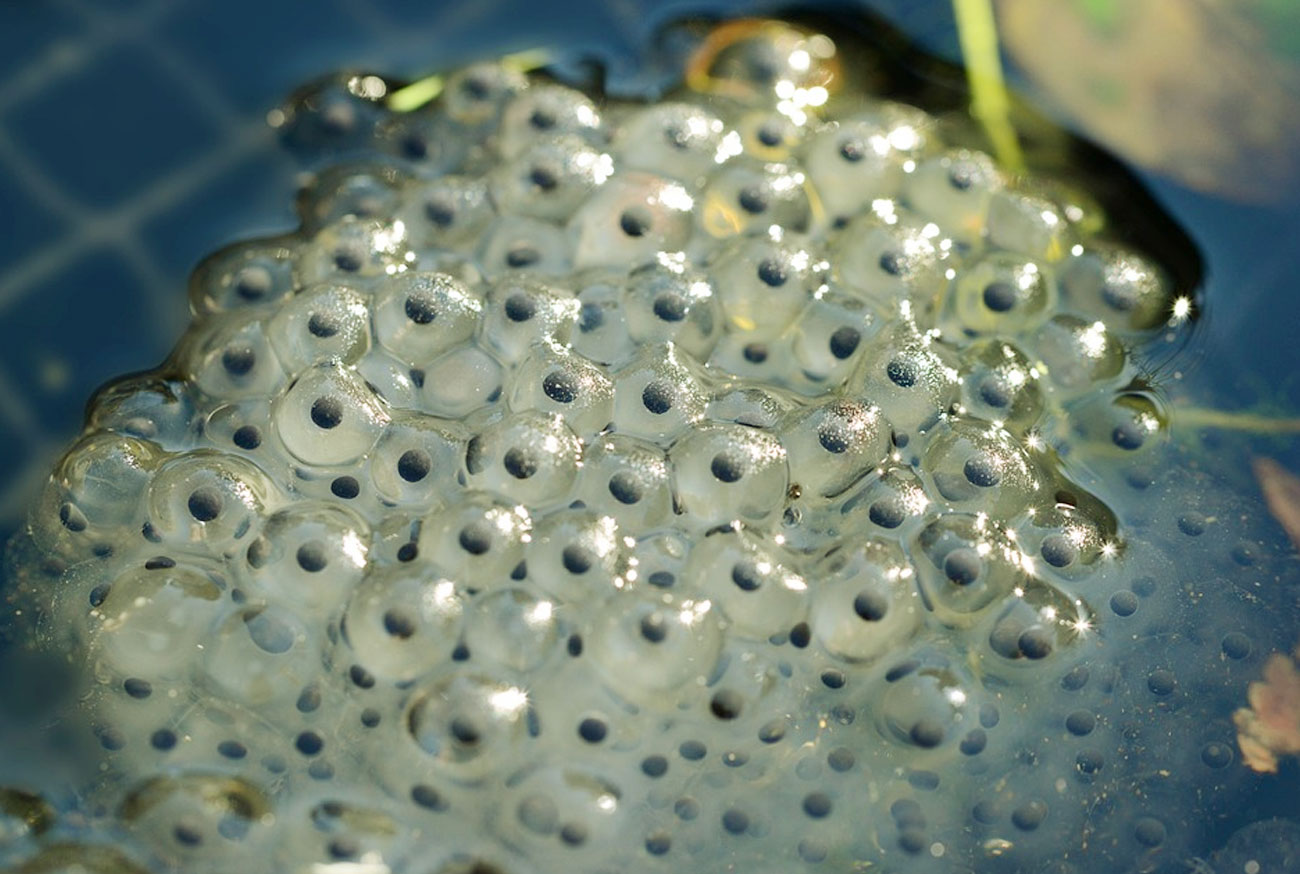
3. Fish – Oviparous Creatures of the Underwater World
The majority of fish are also egg-laying animals. They exhibit diverse habits regarding egg-laying: while some species release thousands of eggs at once to increase survival chances, others, like clownfish, choose specific locations to lay their eggs and protect them until hatching.
Examples of oviparous fish:
- Tucunare
- Salmon
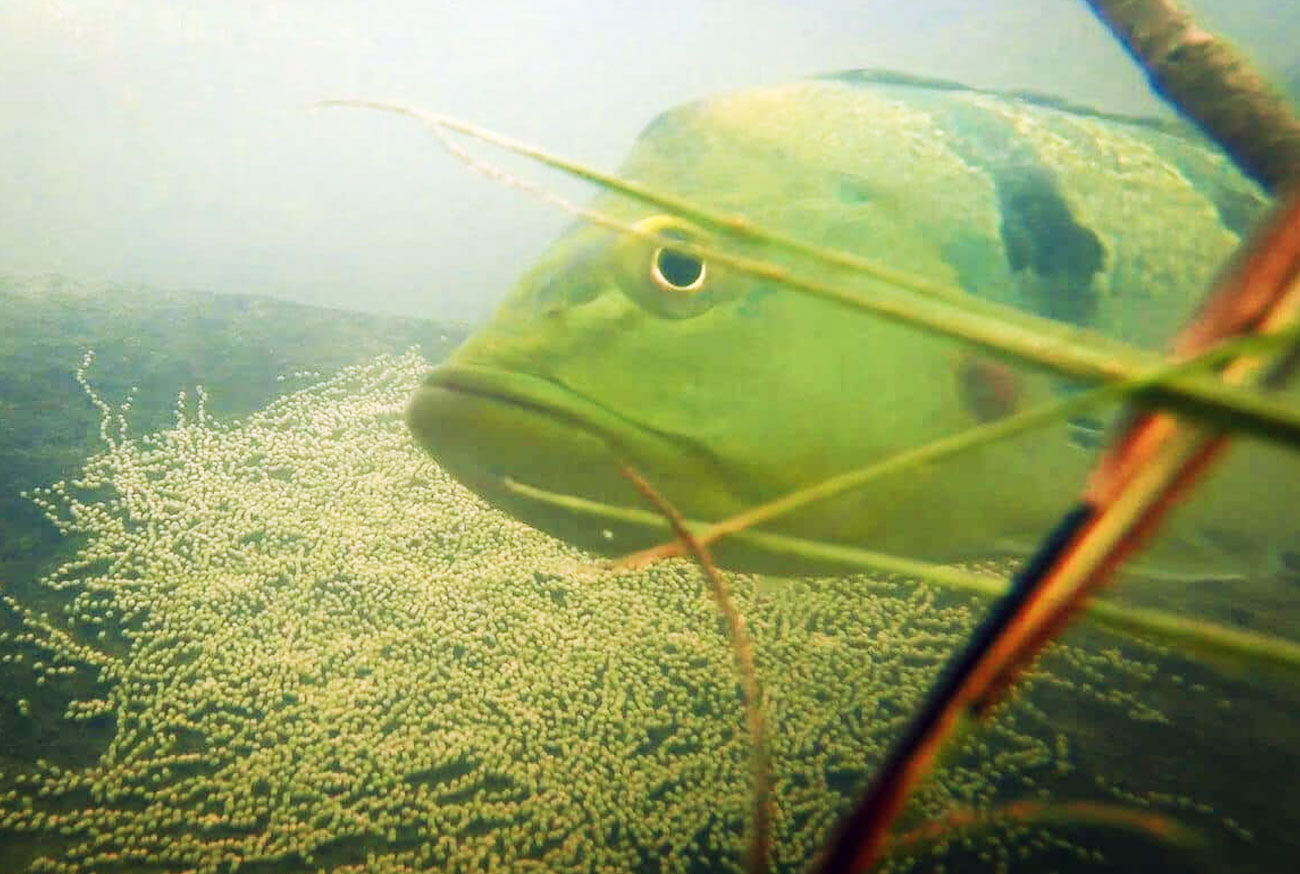
4. Reptiles – Hard Shell for Protection
Reptiles are an interesting group as they include both oviparous and ovoviviparous species. Reptile eggs typically have a hard shell resistant to terrestrial environments, allowing them to lay eggs outside of water, unlike amphibians. Some snakes, for example, retain eggs inside their bodies until they hatch, a classic example of ovoviviparity.
Examples of oviparous reptiles:
- Turtles
- Alligators
- Snakes
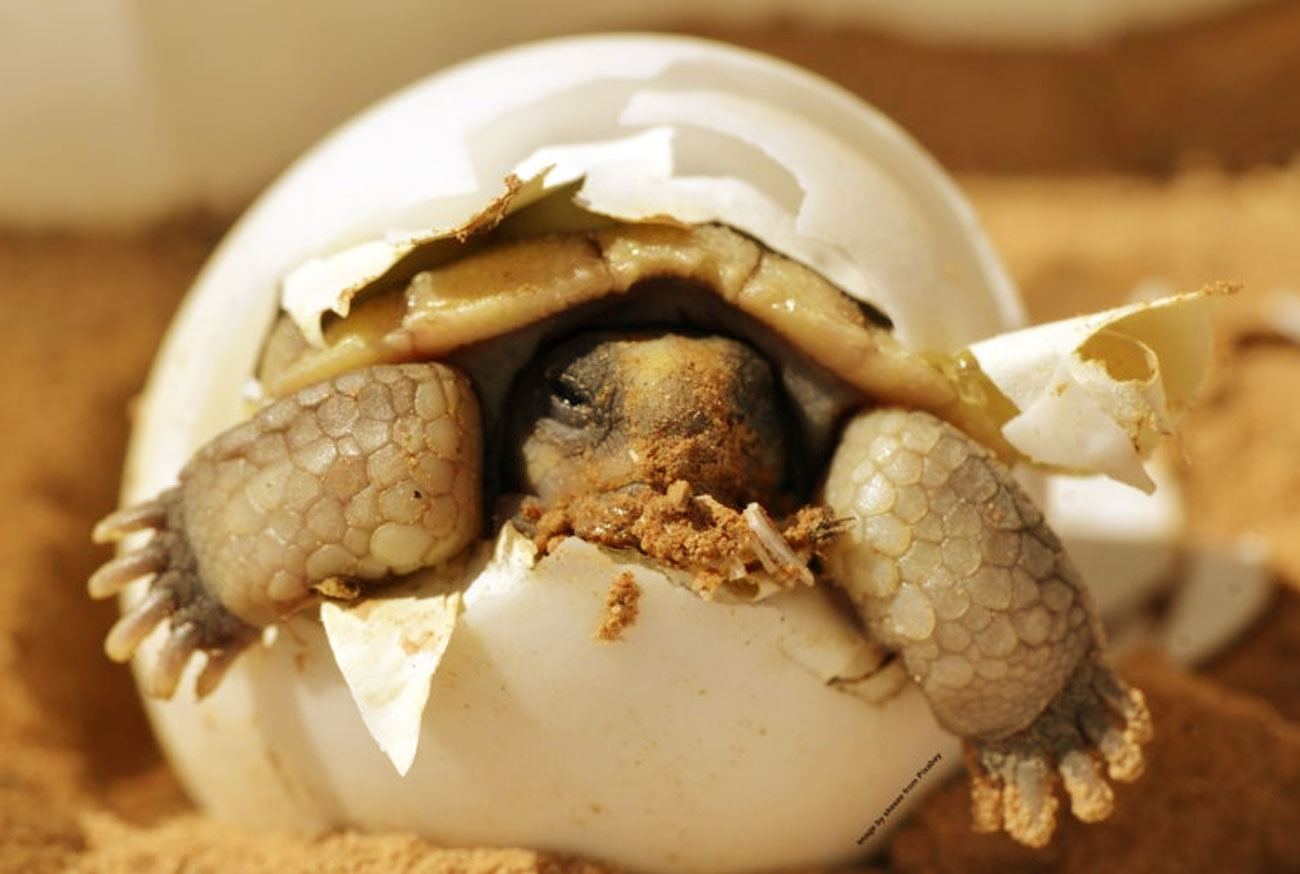
5. Oviparous Mammals – An Exception in the Mammal Kingdom
Although most mammals are viviparous, some mammals are oviparous, such as platypuses and echidnas. These mammals are unique because they lay eggs and, after hatching, care for their young and nurse them. The platypus, for example, lays eggs, and the newborns are cared for by the mother.
Examples of oviparous mammals:
- Platypus
- Echidna
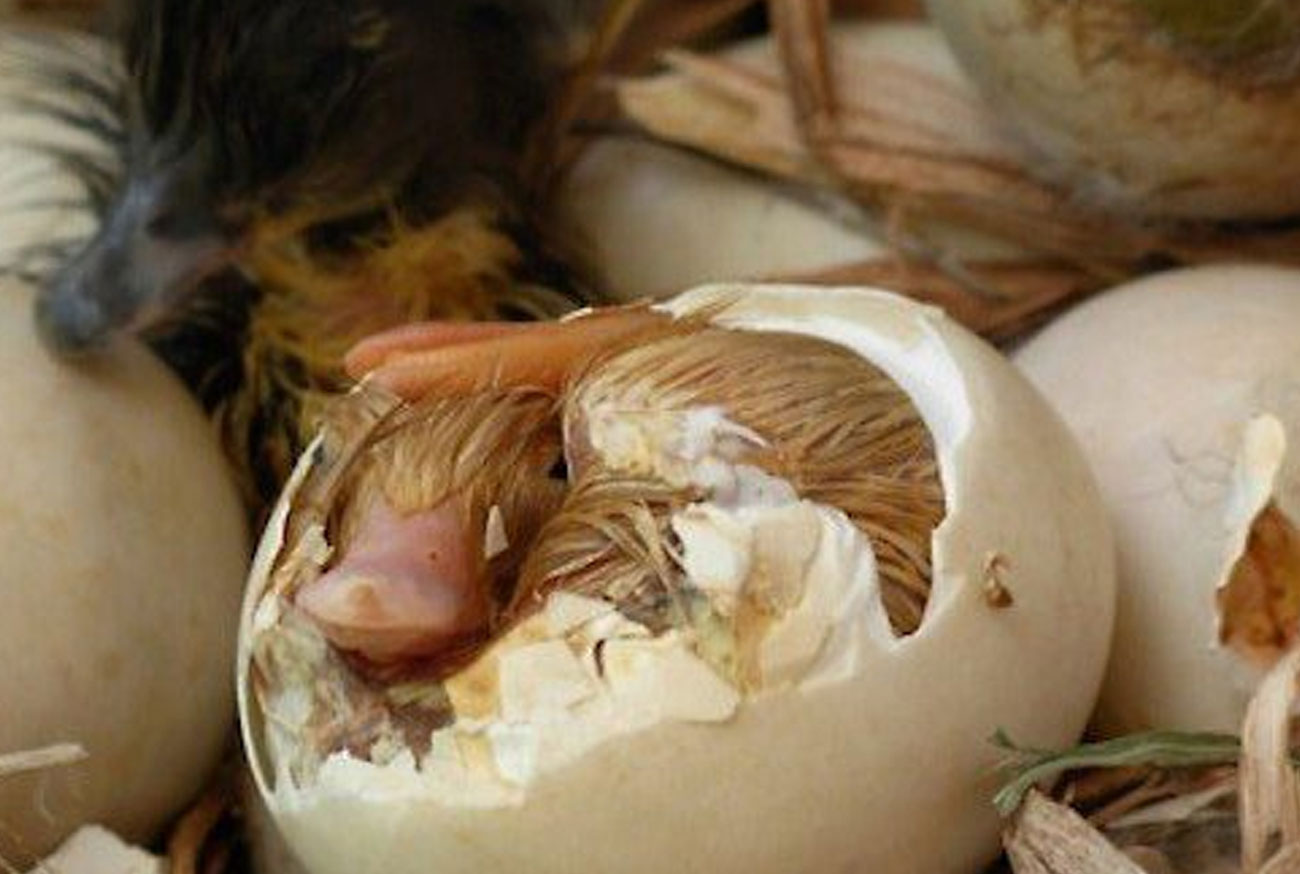
6. Arachnids – Eggs and Varied Fertilization
Arachnids, such as spiders and scorpions, have varied reproductive methods. Some species perform external fertilization, while others exhibit internal fertilization. In most cases, spiders, for instance, produce egg sacs where the offspring develop until hatching.
Examples of oviparous arachnids:
- Spiders
- Scorpions
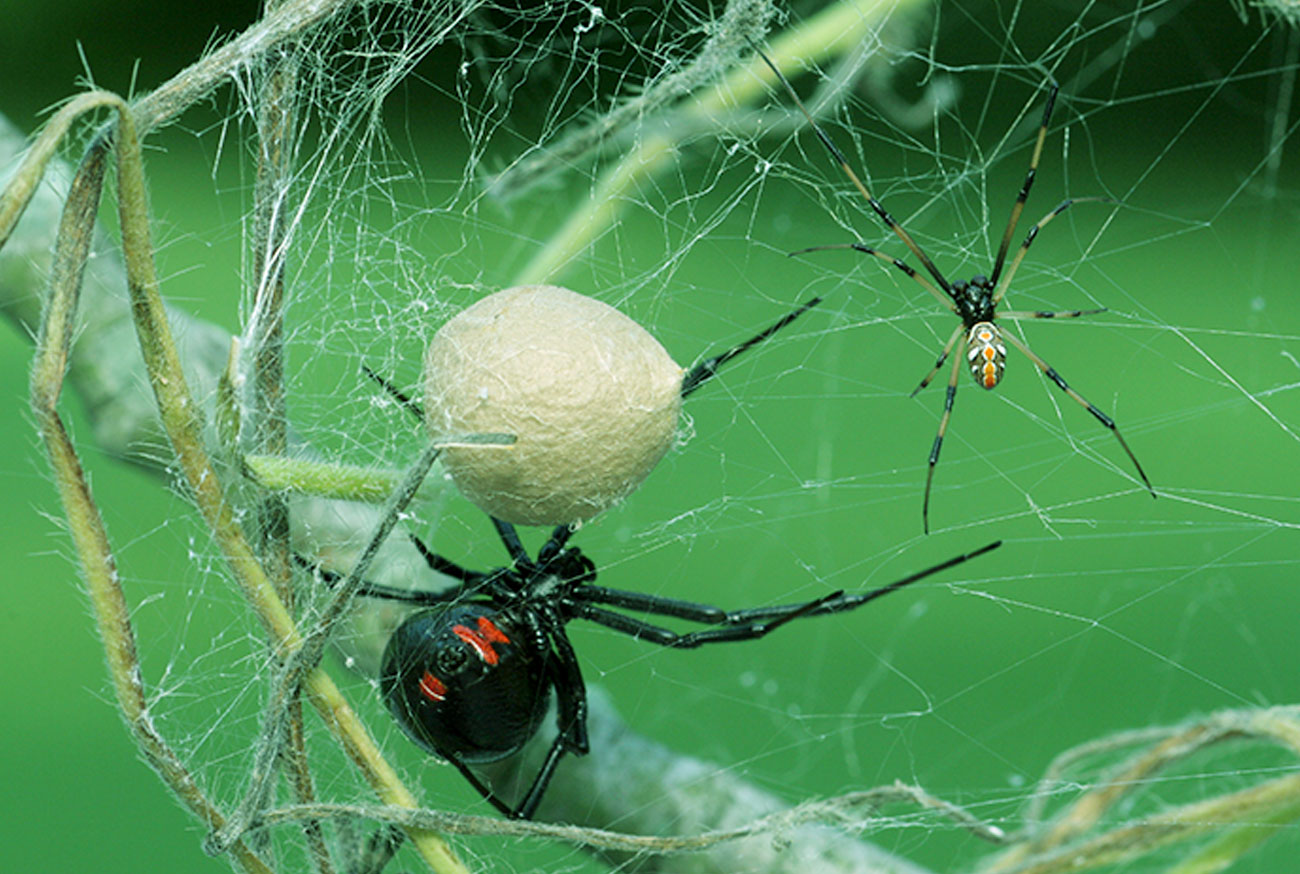
7. Insects – Small but Reproductively Powerful
Insects are the largest group of animals that lay eggs, oviparous in quantity and variety. Each species has its own strategy to protect the eggs; many lay eggs in strategic locations, while others, like ants, ensure their eggs remain safe in the anthill.
Examples of oviparous insects:
- Ants
- Grasshoppers
- Beetles
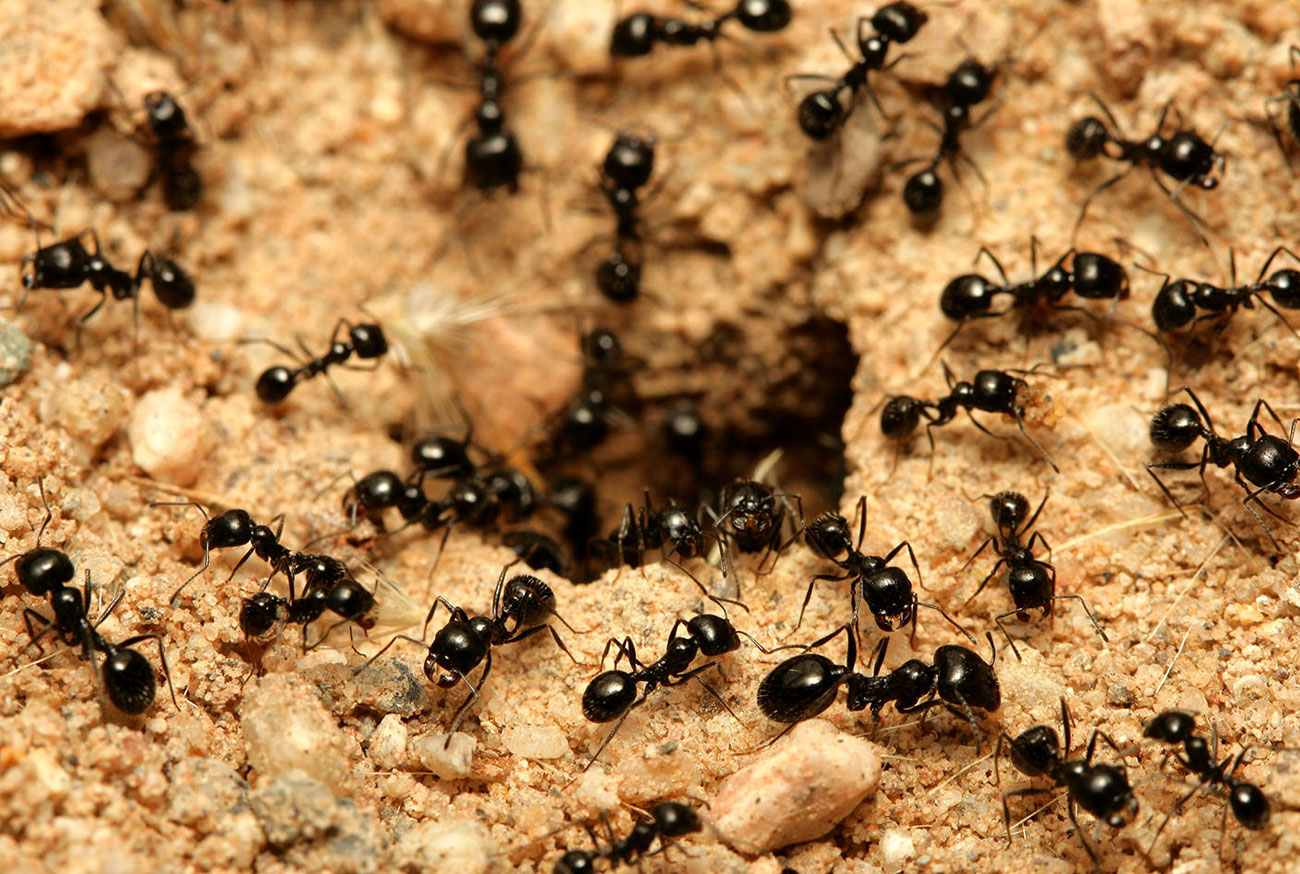
8. Mollusks – Various Reproduction Methods
Mollusks are also animals that lay eggs, with fertilization methods varying among species. Octopuses, for example, have internal fertilization, while some snail species perform external fertilization. Often, the eggs of these animals are deposited in moist locations to increase the survival of their offspring.
Examples of oviparous mollusks:
- Octopus
- Snail
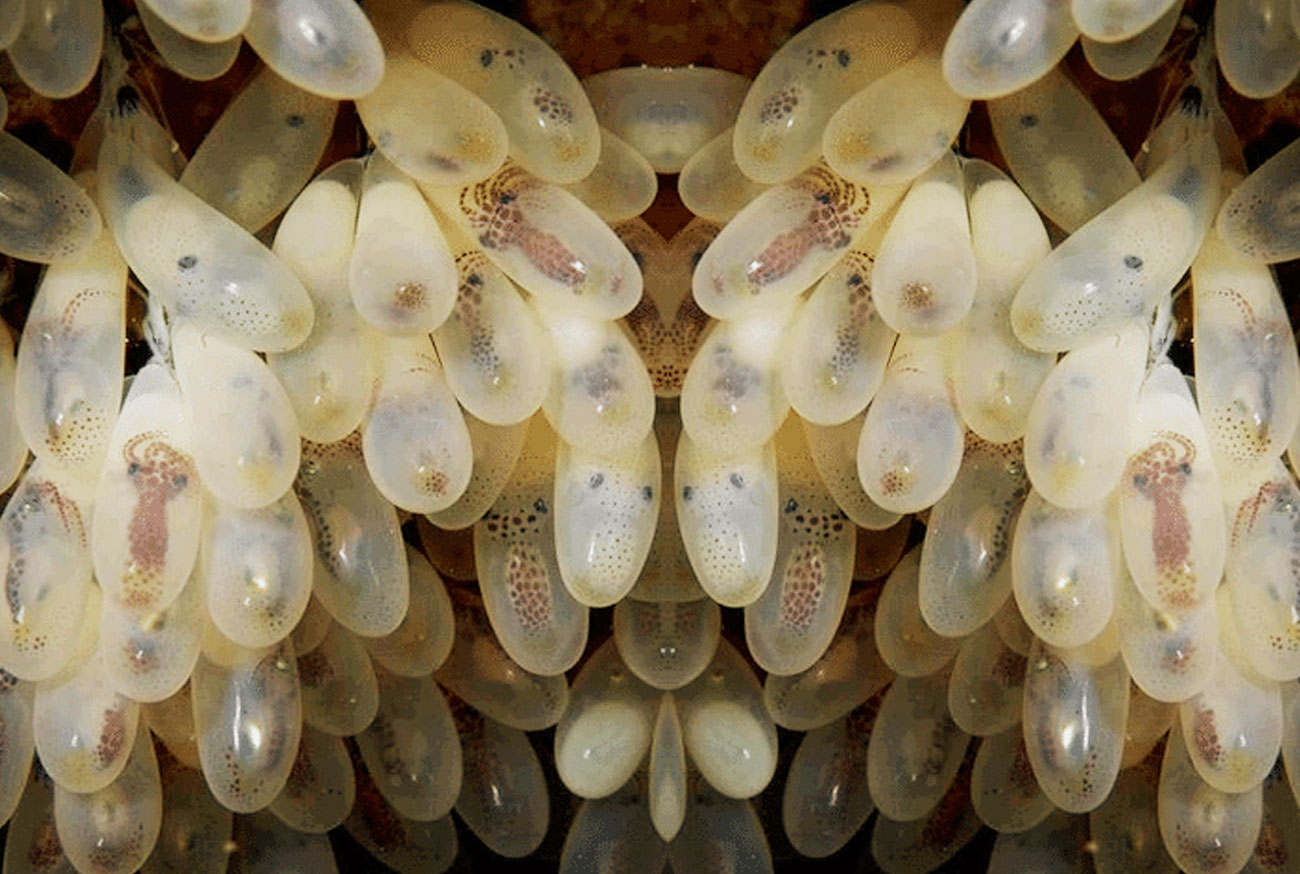
Discovering the Wonders of Animals That Lay Eggs
From majestic birds to tiny insects, oviparous animals demonstrate enormous diversity in reproduction. Each group has unique methods to protect and incubate their eggs, ensuring the continuity of their species. By understanding these processes, we gain a greater appreciation for the incredible adaptability and survival of the animal kingdom.
And you, did you know that so many different animals lay eggs? Share this article on your social media so more people can learn about the curiosities and beauty of these amazing creatures!








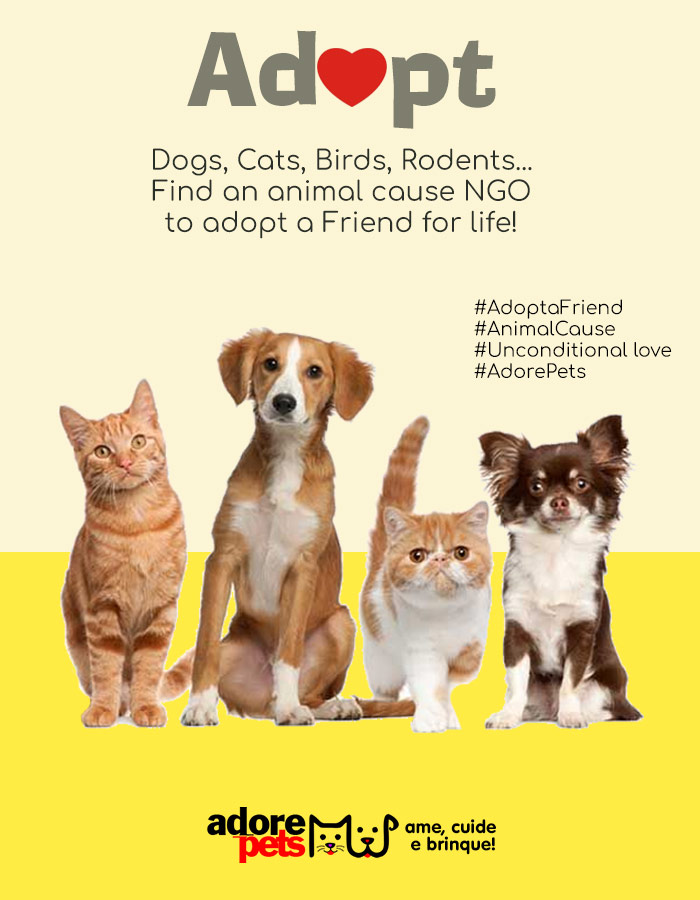








Add comment